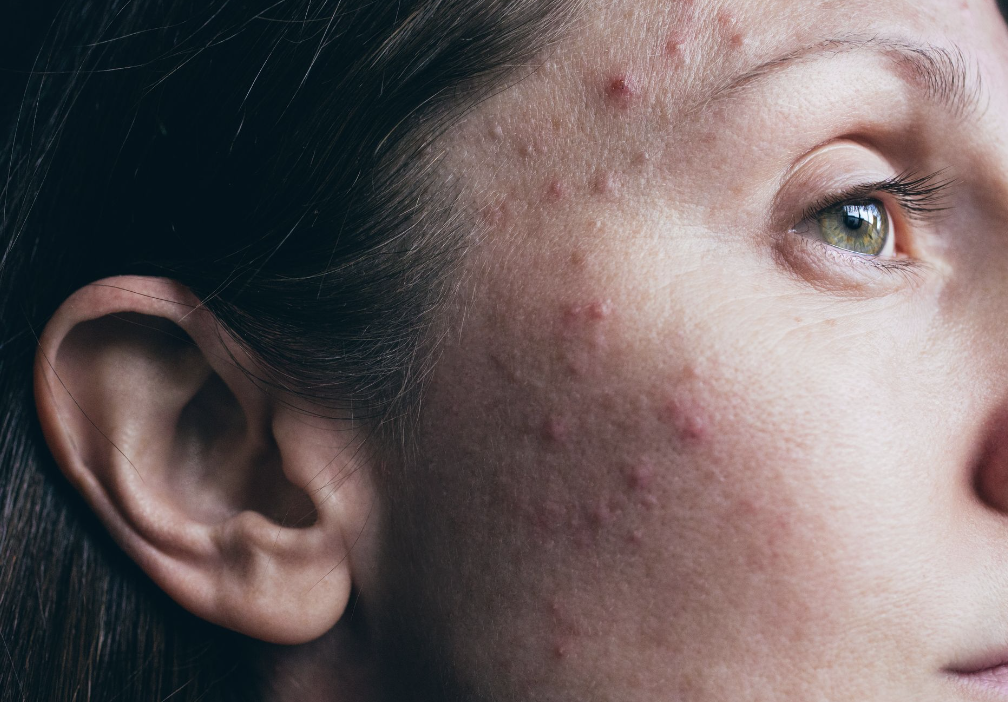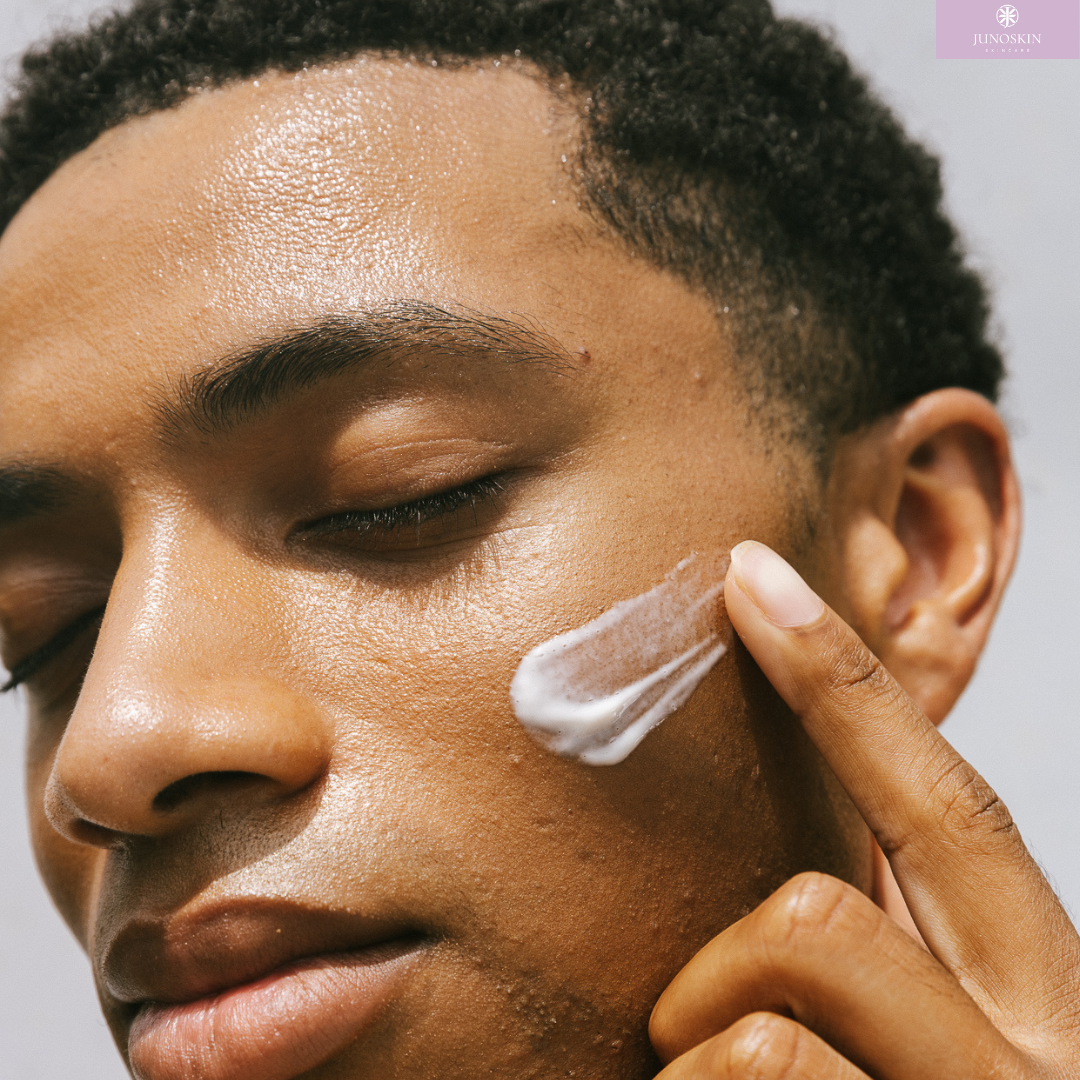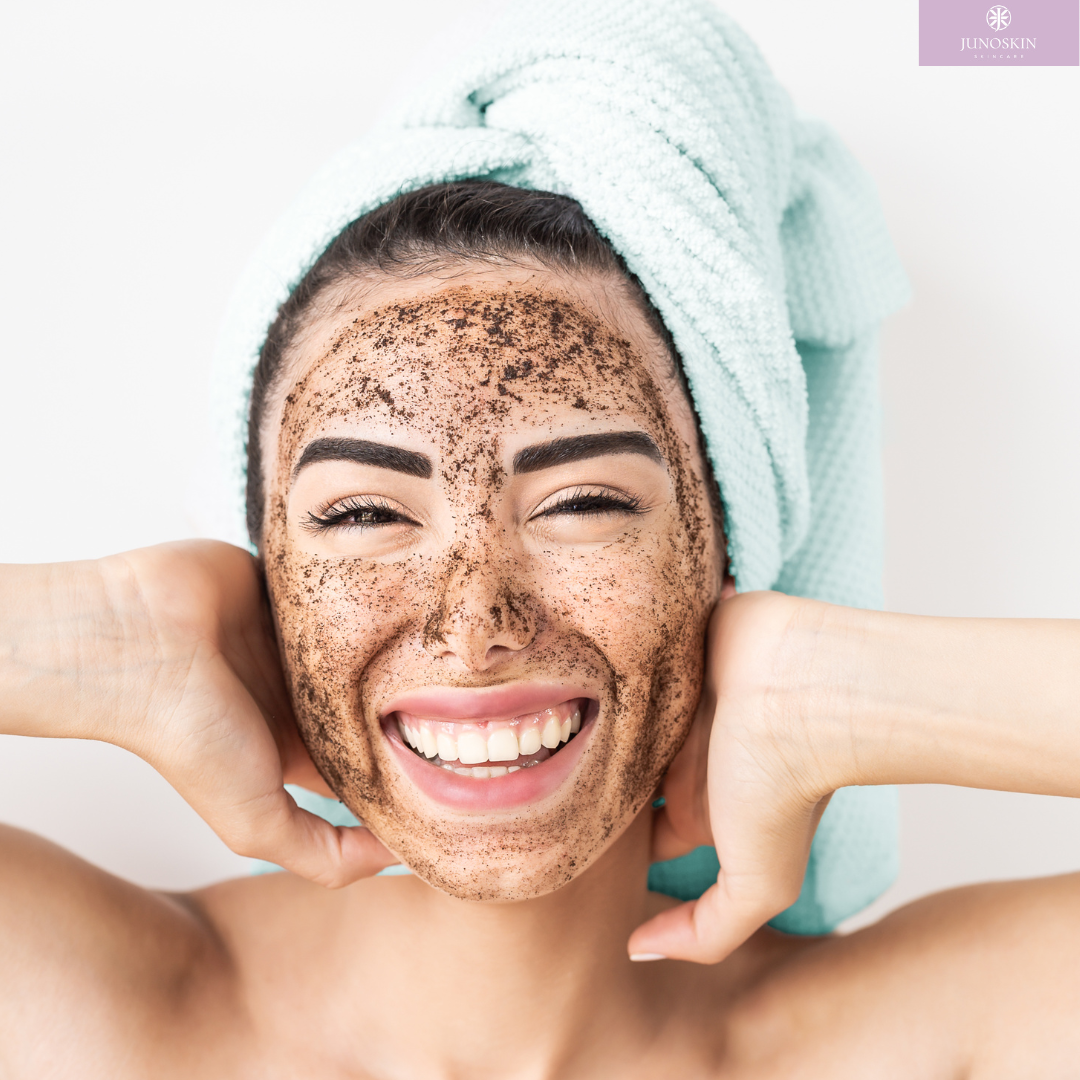Whilst it doesn’t happen to every person, or after every treatment, “skin purging” is a very real and common after-effect of treatments, especially for people who use minimal active ingredients in their day-to-day routine, and those who are not regular with facial treatments.
WHAT DOES SKIN PURGING MEAN?
Skin purging is a temporary reaction of the epidermis that can occur when a new topical skincare product is used, or treatment regime begins. It’s a type of inflammatory acne that presents itself when an increase in cell turnover occurs. As a result, any excess sebum, hidden imperfections, or build-up of debris is pushed to the surface, resulting in breakouts and occasionally skin peeling.
WHAT CAUSES THE SKIN TO PURGE?
It can be hard to pinpoint exactly what causes the skin to purge, as a hundred different people could have a hundred different triggers. Skin purging can be caused by any active ingredient that has the potential to increase cell turnover rate – most of which are used in anti-ageing, anti-acne and exfoliating products. A common example of this are Vitamin A derivatives, such as retinol, retinoids and tretinoin. Some other ingredients include AHAs, BHAs and Vitamin C.
It’s important to note that not everyone will experience purging when using these ingredients mentioned, and it’s also possible to have an adverse reaction to an ingredient that’s not mentioned. More intensive beauty treatments, like microneedling, laser, and chemical peels that contain a level of active ingredients or methods that speed up cell turnover can also lead to skin purging.
Treatments can combat many imperfections and concerns such as fine lines, wrinkles, scarring, pigmentation and existing breakouts; and by that very nature there is a risk that sometimes these treatments may result in purging.
HOW TO IDENTIFY A PURGE VS A BREAKOUT
Timing is key when establishing the difference between skin purging and acne. Skin purging is very much a temporary phenomenon and will take four-to-six weeks to clear whilst a condition such as acne will persist. If breakouts are lasting longer it may be that your skin isn’t compatible with the new product, or perhaps something else is the root of the cause. Additionally, if you find a break-out in areas you’ve never really had issues with before, this could indicate a true breakout rather than a purging breakout.
CAN PURGING BE AVOIDED?
Unfortunately, skin purging is pretty unavoidable during intensive treatments as the blockages are already within the skin, with the treatment just speeding up their appearance. If blockages are lying dormant under the skin and you start to use certain actives then it is likely these will come to the surface at some point. Don’t be discouraged, though, because there is a way to minimise the effects. Purging can be avoided by ensuring that the skin’s barrier remains uncompromised by introducing one active ingredient at a time. For homecare products, you can also start by introducing this ingredient a few times a week until your skin is happy with daily use.
AFTERCARE
If you have experienced skin purging following a treatment, there are a number of tips and tricks you can recommend post treatment to help minimise the effects and move past the purge. Make sure to resist the urge to treat the area with even more actives which can strip the skin’s barrier and make it worse.
However if you wish to experience a true purge,(bringing all the underlying blockages to the surface and out of the skin) continue to use the active ingredient whilst balancing your regime with some hydrating, restoring products, as purging can also cause slight irritation and dryness.
As with most things when it comes to skincare, a good routine is key. A robust cleansing regimen using a mild, hydrating cleanser is also beneficial,. Water should be lukewarm so as not to dehydrate the skin further. Also avoid the sun where possible, because sun exposure can worsen skin purging. Wear a good quality, broad-spectrum sun protection product with a minimum of SPF 30 should be applied to avoid any further inflammation, UV damage and free radical attack.





